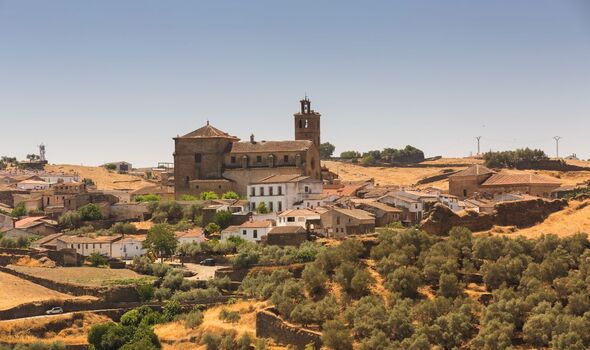For nearly 60 years this small town in Spain has been inhabited – not because anything was wrong with it, and yet locals were still forced to move.
Founded in the 9th century, Granadilla occupied a strategic spot that allowed its residents to monitor the Ruta de la Plata, a significant ancient trade and travel route.
However, in 1955 during the Franco regime, the locals were ordered out of their homes when the Council Ministers ordered a reservoir to be built nearby.
Granadilla happened to be on the floodplain of the Grabriel y Galan reservoir on the Alagon River, and had to be evacuated.
The residents didn’t leave without a fight, but by 1969, the last of the 1,000 residents were evicted.
The town became a peninsula in 1963, when the water started to rise and cover all except one single route. Although it never flooded, residents were not permitted to return to their hometown, reports BBC Travel.
However, the town wasn’t completely neglected. In 1980 it was declared a Historical and Artistic Site of Importance and its monuments including the town’s castle were revamped by the council.
Today, visitors are able to explore the tranquil streets of Granadilla and get a feel of this ghost town which was once the home to many.
Grandilla has beautiful sights that are worth a visit, including its Moorish Wall which dates right back to the 9th century. This wall which features one gate is one of the best-preserved of its kind in the whole country, making it a significant attraction in the town.
The castle, however is the town’s treasure. Built during the 15th century, the top of the beautiful castle, which resembles a tower, offers a surreal view of the surrounding area.
As well welcoming visitors who go to the town for day trips, old residents and their descendants meet up twice a year in the town on All Saints’ Day which is November 1 and on August 15, the Day of the Assumption of Mary.
Granadilla is overseen by the Autonomous National Park Agency as an open-air museum and is free to visit.
